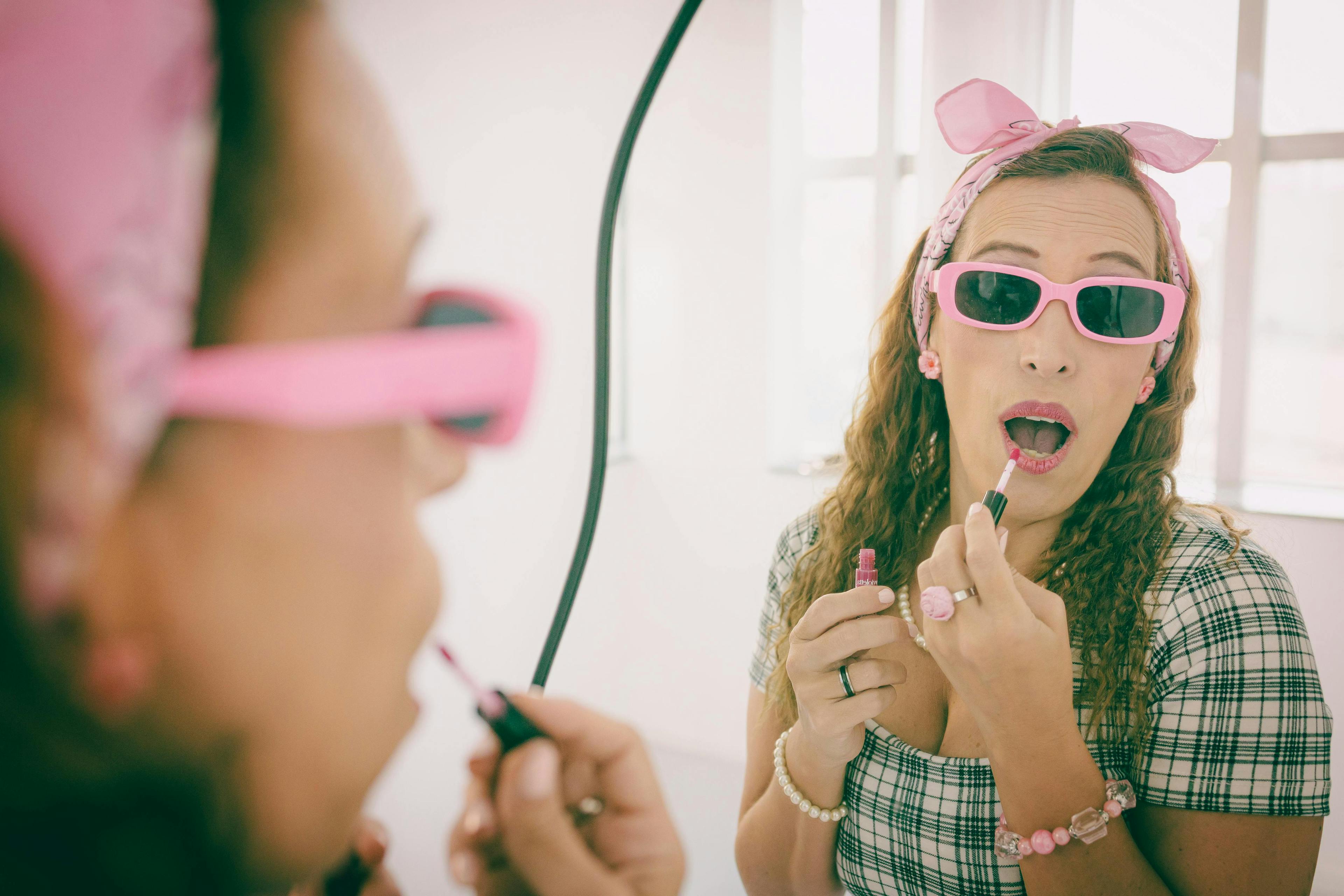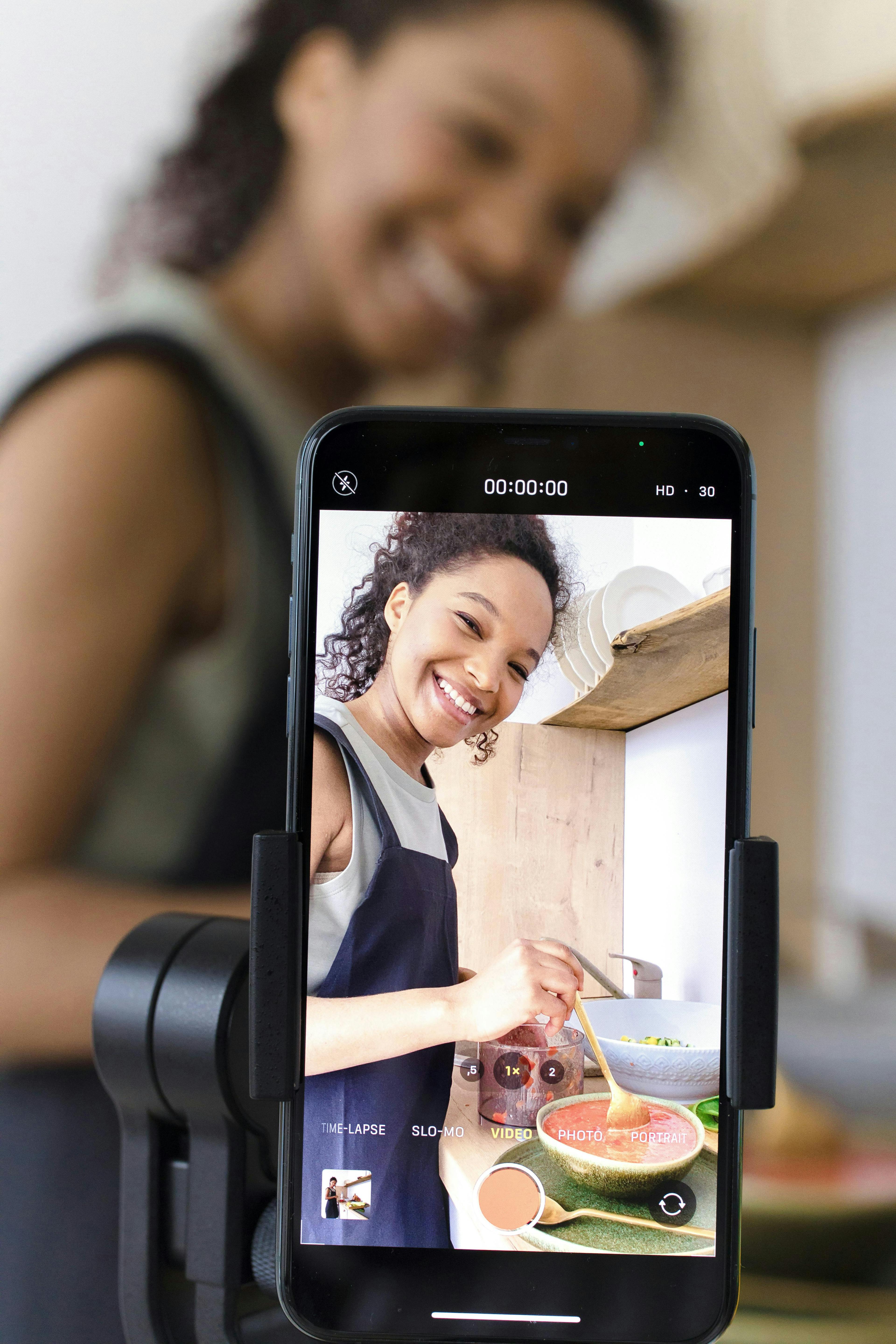User-generated content is still the most trusted and highest-performing content format in 2025. According to Marketing LTB, brands using UGC see 29% more web conversions than those relying only on branded creative.UGC posts also deliver 10.38 times higher conversion rates than traditional branded posts, according to Emplifi.
These are the top five UGC styles that consistently convert, with a clear explanation of why and how each style works.
1. Everyday Use Videos
Every day use videos show real people interacting with a product in authentic, familiar settings. There is no script or heavy editing. The creator uses the product exactly as they normally would, making the content instantly relatable to the viewer. This authenticity is powerful because it mirrors real life. Someone cooking in their kitchen, getting ready at their bathroom mirror, or organizing their desk feels far more trustworthy than a staged studio ad.
This type of content serves as a visual testimonial, eliminating the need for spoken words. It lets the viewer imagine themselves using the product, creating a sense of comfort and familiarity. Buyers trust this format because it feels like they are watching a friend showing them something they found helpful. Brands rely on this style for TikTok Shop listings, PDP integration, and paid ads because it cuts through skepticism and builds credibility quickly.
Why it converts:
Because people trust people. When shoppers interact with UGC on a site, conversion rates increase by over 100 percent.
2. Unboxing and First Impressions
Unboxing videos are one of the most effective UGC formats in 2025 because they show the product’s quality, packaging, and immediate emotional impact. Viewers enjoy seeing what comes inside the box, how the materials look, and how someone reacts the moment they experience the product for the first time. That real reaction makes this content very engaging for the viewer.
This format builds perceived value. When packaging looks thoughtful, it elevates the entire customer experience. Viewers start imagining the product arriving at their own doorstep. It’s effective in areas where tactile details matter, like beauty, lifestyle accessories, skincare, electronics, and wellness products. The content is simple to make and extremely persuasive because the reactions are always genuine, giving the viewer a real feeling.
Why it converts:
Audiences relate strongly to genuine emotion, which is why unboxings are so effective. The immediate, unscripted reaction builds trust quickly and influences decisions before the product is even used.
3. How It Fits Into My Life

This type of UGC goes beyond simple product demos and focuses on integration. It shows how a product fits into a creator’s daily routine, whether it is part of their morning skincare, a supplement taken before the gym, or a tool used during a weekend reset. The content is not about the product alone, focusing more on the lifestyle around it.
This approach works because viewers can picture the role the product would play in their personal routine. It takes away any uncertainty and answers questions like “Will I actually use this?” or “Where does this fit into my routine?” When creators point out time-saving benefits, moments of convenience, or the way a product simplifies their day, those details resonate with the viewer more than a polished ad. This is an effective style for mid- to lower-funnel content, helping move viewers from initial curiosity into purchase readiness.
Why it converts:
UGC ads built around routine-based storytelling generate four times higher click-through rates and roughly fifty percent lower cost per click compared to polished brand ads.
4. Real Customer Testimonials
Testimonials are simple, powerful, and highly effective. A creator talking directly to the camera and explaining what changed for them feels genuine and intimate. Viewers don’t perceive it as marketing. Instead, it feels like advice from someone who has already tested the product.
This format works well when results matter. Skincare, wellness supplements, fitness tools, financial apps, and home essentials all benefit from real people sharing before-and-after experiences they’ve experienced. The sincerity in someone’s tone or expression can tell a user far more than professionally scripted messaging.
Consistent testimonial content also builds long-term brand trust. When viewers see multiple real people relaying similar experiences, the product feels validated in a way that traditional ads cannot replicate.
Why it converts:
Around 81% of e-commerce marketers say visual UGC is more effective than professionally shot product content.
5. TikTok and Reels Native Short Form

Short-form UGC performs well because it matches the way people already consume content. These videos open with strong hooks, use quick cuts, and follow platform-native pacing that feels natural in the feed. Instead of interrupting a user’s scroll, they blend in with what people watch every day. That pushes them for both discovery and paid media because viewers do not immediately categorize them as ads.
This style wins on TikTok and Instagram because it reflects the culture of both platforms. Users expect short, relatable, and entertaining content that gets to the point fast. A simple demo, a humorous moment, or a quick transformation can explain the value of a product more effectively than a polished studio ad. The casual style is intentional. It feels like content you would see from a friend, which is exactly why people watch longer.
The algorithms also reward content that looks and behaves like typical platform videos. High retention, repeat views, shares, and saves all signal that the content is delivering value. Since native UGC drives these behaviors, it tends to earn stronger reach and better performance in the first hour of posting. Over time, this boosts both organic visibility and the efficiency of paid campaigns.
Short-form UGC is incredibly scalable. Brands can test multiple hooks, angles, or messages without reinventing the entire creative strategy. One product may have ten different value props, and short-form UGC makes it easy to explore each one through simple variations. This helps brands quickly figure out what resonates and refine their messaging in real time. When brands lean into this native style, the result is consistent engagement, stronger watch times, and more efficient ad spend.
Why it converts:
Younger consumers consistently report stronger trust in creators than in traditional brand messaging, according to Deloitte.
Final Takeaway
These five UGC styles delivered the strongest conversion results in 2025. They feel personal, relatable, and trustworthy. When brands lean into authenticity instead of production, they see higher engagement, stronger click-through rates, and more efficient ad spend.

